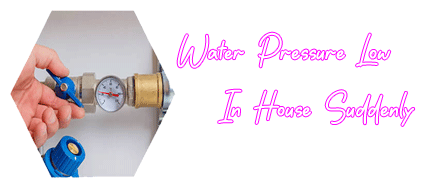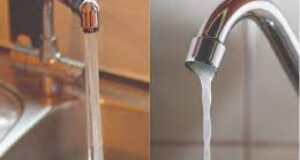Air heaters are essential appliances in many homes, but over time, they can lose efficiency due to sediment accumulation. This sediment buildup not only clogs the heating elements but also increases energy consumption, leading to higher electricity bills. Regular maintenance, such as flushing and draining the air heater, is crucial to ensure optimal performance. Below is a comprehensive guide to help you flush and drain an air heater effectively.

Steps to Drain an Air Heater
Turn Off the Heater
For a gas-powered heater, switch it to “Pilot” mode. This keeps the pilot light on but stops the heater from warming the air.
For an electric heater, turn off the power at the breaker or disconnect the unit from the power source.
Allow the Heater to Cool
Give the heater enough time to cool down. The cooling duration will depend on the size of the heater and the amount of hot air or water stored.
Shut Off the Cold Air Inlet Valve
Turn it off to prevent additional water or air from entering the system.
Open the Pressure Relief Valve
To release built-up pressure inside the tank, open the pressure relief valve.

Connect a Hose to the Drain Valve
Direct the other end of the hose to a suitable drainage area, such as a garden, drain, or bucket.
Drain and Flush the Tank
Open the drain valve to allow the air and water to flow out.
If sediment blocks the drainage, close the valve, refill the tank partially, and then reopen the valve. Repeat this process as needed to remove all sediment.
Restore Normal Operation
Once the tank is clean:
Disconnect the hose.
Close the drain and pressure relief valves.
Reopen the cold air inlet valve.
Turn on the power or gas supply to resume the heater’s operation.
Addressing a Common Issue: Water Pressure Low in House Suddenly
After flushing an air heater, you might notice water pressure low in house suddenly. This issue can arise due to:
Sediment in Pipes: During the flushing process, sediment might enter the plumbing system, partially blocking pipes or taps.
Pressure Valve Malfunction: If the pressure relief valve does not reseal correctly, it can cause a drop in overall water pressure.
Plumbing Leaks: A sudden pressure drop could indicate a leak in your home’s plumbing
system.
How to Resolve Low Water Pressure
Check the Taps and Aerators:
Remove and clean any debris or sediment from faucet aerators and showerheads. This can restore normal water flow if blockages are the issue.
Inspect the Pressure Relief Valve:
Ensure that the valve is closed properly after maintenance.
Examine the Pipes for Leaks:
Inspect visible pipes for any signs of leaks. For hidden leaks, listen for dripping sounds or observe wet spots on walls or ceilings.
Seek Professional Assistance:
If the water pressure issue persists, consult a licensed plumber to identify and fix underlying problems.
Tips for Preventing Issues
To maintain your air heater’s efficiency and avoid common problems like low water pressure:
Flush and clean the heater every 6 to 12 months to prevent sediment accumulation.
Use a water softener in areas with hard water to minimize sediment buildup in the heater and plumbing system.
Proper maintenance of an air heater is key to ensuring its efficiency and longevity. By following these steps to flush and drain the heater, you can prevent sediment buildup and improve its performance. Moreover, addressing issues like water pressure low in house suddenly promptly will help maintain a smooth water supply throughout your home.




